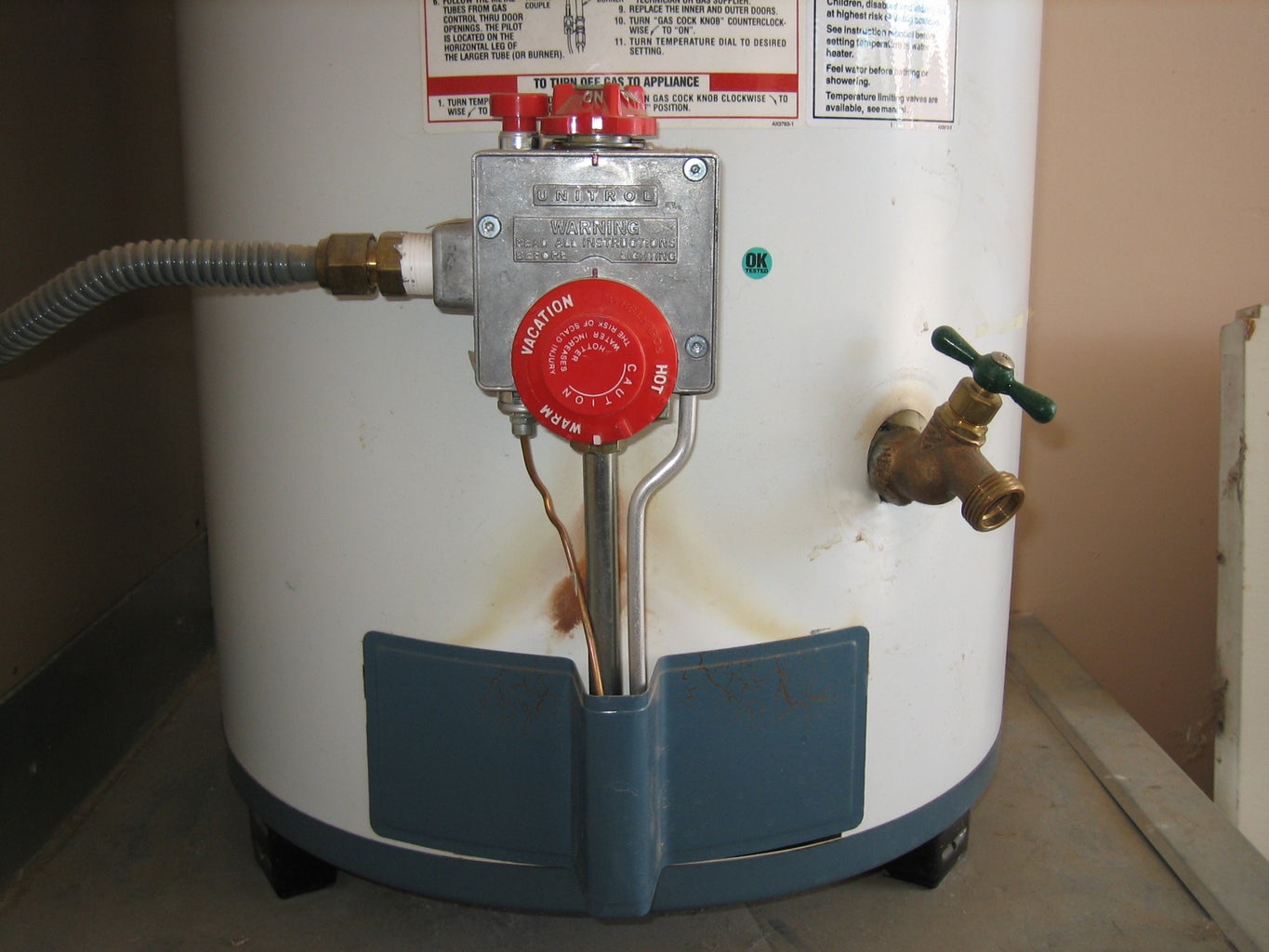Step-by-Step Guide to Maintaining Your Home's Hot Water SystemEssential Maintenance Strategies for Your Home's Hot Water System
Step-by-Step Guide to Maintaining Your Home's Hot Water SystemEssential Maintenance Strategies for Your Home's Hot Water System
Blog Article
Almost everyone maintains their own unique concepts with regards to How to Maintain Your Water Heater & Prolong its Life.

Warm water is vital for daily convenience, whether it's for a rejuvenating shower or washing meals. To guarantee your hot water system runs successfully and lasts longer, regular upkeep is essential. This article supplies useful pointers and understandings on exactly how to keep your home's warm water system to avoid disturbances and costly fixings.
Introduction
Keeping your home's warm water system may seem overwhelming, but with a couple of simple actions, you can ensure it runs smoothly for many years to come. This overview covers everything from comprehending your warm water system to DIY maintenance pointers and recognizing when to contact specialist assistance.
Relevance of Preserving Your Warm Water System
Regular upkeep not just prolongs the life-span of your hot water system however also ensures it runs efficiently. Ignoring upkeep can cause reduced performance, higher power expenses, and also premature failure of the system.
Indications Your Warm Water System Demands Upkeep
Knowing when your hot water system needs interest can protect against significant issues. Watch out for indicators such as inconsistent water temperature, odd sounds from the heating system, or rusty water.
Purging the Hot Water Heater
Purging your water heater gets rid of sediment accumulation, boosting efficiency and prolonging its life.
Monitoring and Changing Anode Rods
Anode poles prevent rust inside the container. Inspecting and changing them when worn out is important.
Facility Concerns Requiring Specialist Help
Examples include major leaks, electric troubles, or if your hot water heater is consistently underperforming.
Routine Expert Upkeep Conveniences
Specialist upkeep can consist of thorough evaluations, tune-ups, and ensuring compliance with security standards.
Inspecting and Adjusting Temperature Setups
Readjusting the temperature setups makes sure ideal performance and safety.
DIY Tips for Upkeep
You can execute a number of maintenance tasks yourself to keep your warm water system in top condition.
Looking for Leakages
Consistently inspect pipelines and links for leakages, as these can result in water damage and greater costs.
Comprehending Your Warm Water System
Prior to diving into maintenance tasks, it's helpful to recognize the standard elements of your hot water system. Typically, this consists of the water heater itself, pipes, anode rods, and temperature controls.
Month-to-month Upkeep Tasks
Routine monthly checks can help capture small problems before they escalate.
Testing Stress Alleviation Valves
Checking the pressure relief valve guarantees it works appropriately and protects against extreme pressure buildup.
Shielding Pipelines
Protecting hot water pipelines minimizes warm loss and can save power.
When to Call a Specialist
While DIY maintenance is useful, some issues need professional expertise.
Verdict
Routine maintenance of your home's warm water system is vital for effectiveness, longevity, and price savings. By following these ideas and knowing when to look for expert help, you can make certain a trustworthy supply of warm water without unforeseen disruptions.
How to Maintain an Instant Hot Water Heater
Before tinkering with your hot water heater, make sure that it’s not powered on. You also have to turn off the main circuit breaker and shut off the main gas line to prevent accidents. Also turn off the water valves connected to your unit to prevent water from flowing into and out of the appliance. 2. When you’re done, you have to detach the purge valves’ caps. These look like the letter “T” and are situated on either side of the water valves. Doing so will release any pressure that has accumulated inside the valves while at the same time avoid hot water from shooting out and burning your skin. 3. When the purge valves’ caps are removed, you have to connect your hosing lines to the valves. Your unit should have come with three hoses but if it didn’t, you can purchase these things from any hardware or home repair shops. You can also get them from retail stores that sell water heating systems. Read the user’s manual and follow it to complete this task properly. When the hosing lines are connected, open the purge port’s valves. 4. You should never use harsh chemical cleaners or solutions when cleaning your unit. Make use of white vinegar instead. It should be undiluted and you’ll probably use about 2 gallons. 5. Now flush your water heater. This task should probably take about 40 minutes. We can’t give you specific directions for this because the procedure is carried out depending on the type, model and brand of your heater. With that being said, refer to the user’s manual. 6. When you’re done draining the unit, you have to turn off the purge port valves again. Remove the hosing lines that you earlier installed on each of the water valves. Put the valve caps (purge port) back in their respective places and be very careful so as not to damage the rubber discs that are found inside these caps. 7. Now that everything’s back in place, check your user’s manual again to find out how to reactivate your water heating system. 8. Once it is working, turn one of your hot water faucets on just to let air pass through the heater’s water supply pipes. Leave the tap on until water flows smoothly out of it. https://www.orrplumbing.com/blog/2014/september/how-to-maintain-an-instant-hot-water-heater/

We are very serious about Water Heater Maintenance Tips You Can't Afford to Forget and I'm hoping you enjoyed reading my post. Are you aware of somebody else who is inquisitive about the niche? Do not hesitate to share it. I enjoy your readership.
Learn More Report this page